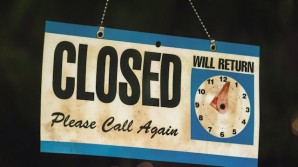Scientists believe illnesses associated with the downfall of honeybees are moving throughout wild bumblebee species that supply pollen to plants throughout the world.
The find could severely hurt agriculture according to a study printed in the science journal Nature Wednesday.
"We're only catching individuals that are alive and healthy and able to go out and forage," said principal author Mark Brown, a conservation biologist at the Royal Holloway University of London, and main author of the study told The Los Angeles Times. "It's likely that the prevalence numbers that we report are lower than they actually are," Brown told The Times.
Scientists set up stations at 26 locations in England and discovered one out of every five bee species had deformed wing virus or a ribonucleic acid disease.
"If our interpretation of the direction of flow of the pathogen is correct, the prerequisites for that to be true are true across North America, across Europe and pretty much anywhere where honeybees have very high levels of the virus due to this parasitic mite Varroa destructor," Brown told The Times.
"Wild bees are contributing a substantial and significant fraction of the pollination services that we require," Brown told The Times.
Scientists could not tell where the diseases were coming from, but strongly believed honeybees were the place of origin. Eighty-eight percent had the virus The Times reported.
Buzzing from plant to plant is believed to be the root cause of the spread of the disease The Times reported.
"We need as clean honeybee hives as possible, so the spread into the environment is mitigated," Matthias Furst, an evolutionary ecologist at Holloway University.told The Times.
Publicly grown bees give pollen to 90 crops throughout the world at $14 billion expense each year The Times reported.
This compares to California's $3 billion almond business, which uses $239 million each year to rent over one million groups of honeybees.



















